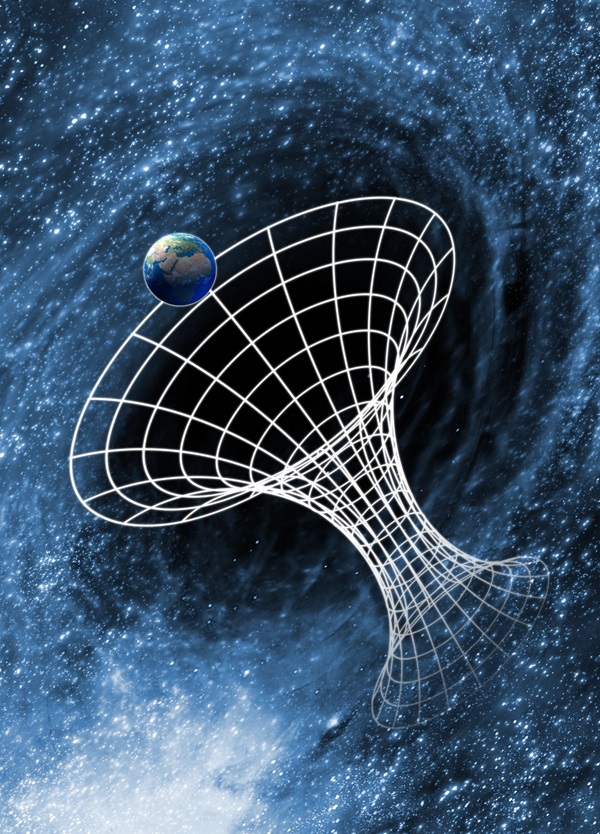The Wormhole Theory
Source: Victor Habbick
This is a diagram of what some think a wormhole would look like
Albert Einstein is well known as one of the most intelligent people ever. One of his many theories was the possibility of wormholes in space. So what exactly are wormholes, and is it possible that they truly exist?
The idea of wormholes was first theorized by Ludwig Flamm in 1916, although at that time it was referred to as a white hole and was a very primitive theory. His idea was that black and white holes could be joined to create a space tunnel. In 1935, Albert Einstein and Nathan Rosen expanded on Flamm’s theory. The two scientists believed in the existence of bridges that join two points in space and in doing this make for much quicker travel between them. They called this the Einstein-Rosen bridge. This theory is still viable to this day. Eventually, the term ‘black hole’ was introduced in 1957 by Physicist Albert Archibald Wheeler. However, even today, many scientists believe that the existence of Einstein-Rosen bridges is impossible because we would be able to observe the change in gravitational pull around the wormhole.
In simple terms, a wormhole is a shortcut. Instead of taking a long time to travel very far, a wormhole would make it possible to reach the destination in a fraction of the time. Another way to think about it is as going to the place in a straight line instead of a wiggly line; it is much more efficient. In conclusion, it is possible for wormholes to exist, but we have little to no evidence to prove nor disprove their existence. I think we can all agree that we won’t be finding one anytime soon, much less using it.
RELATED ARTICLES:
https://www.space.com/20881-wormholes.html











